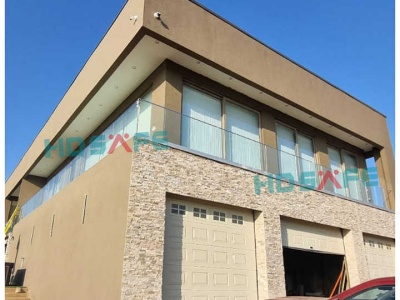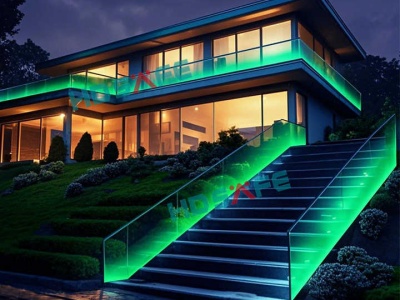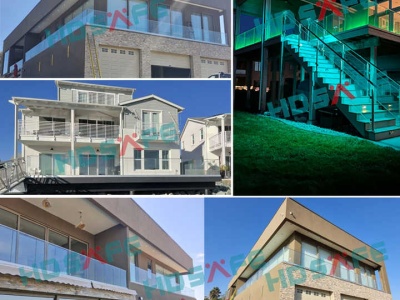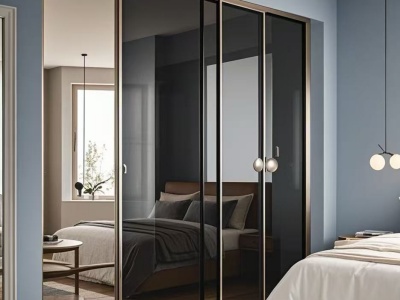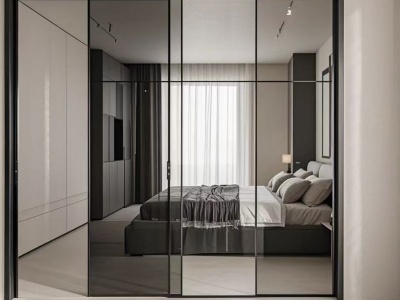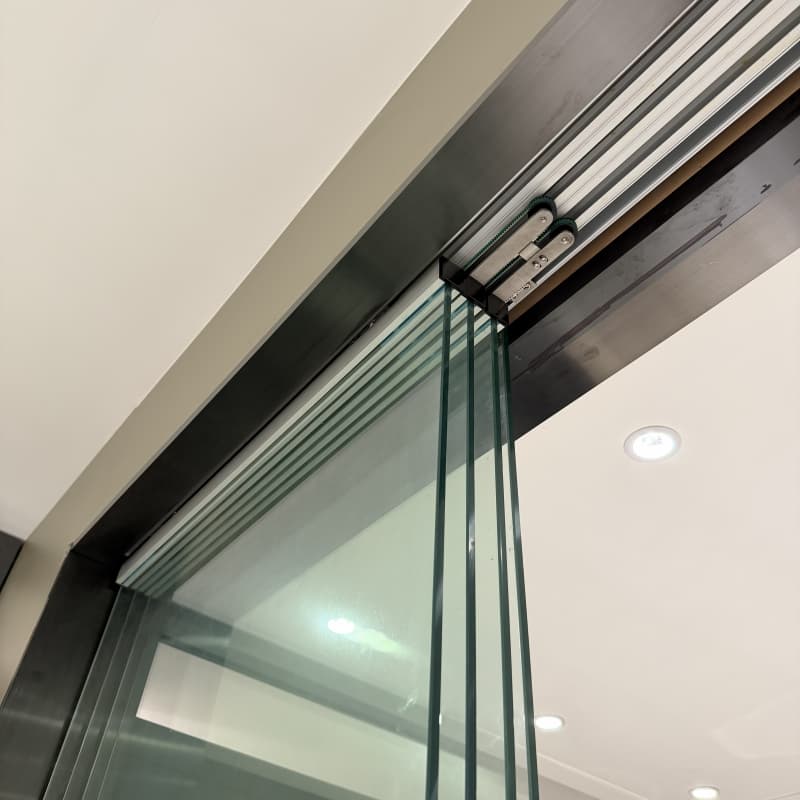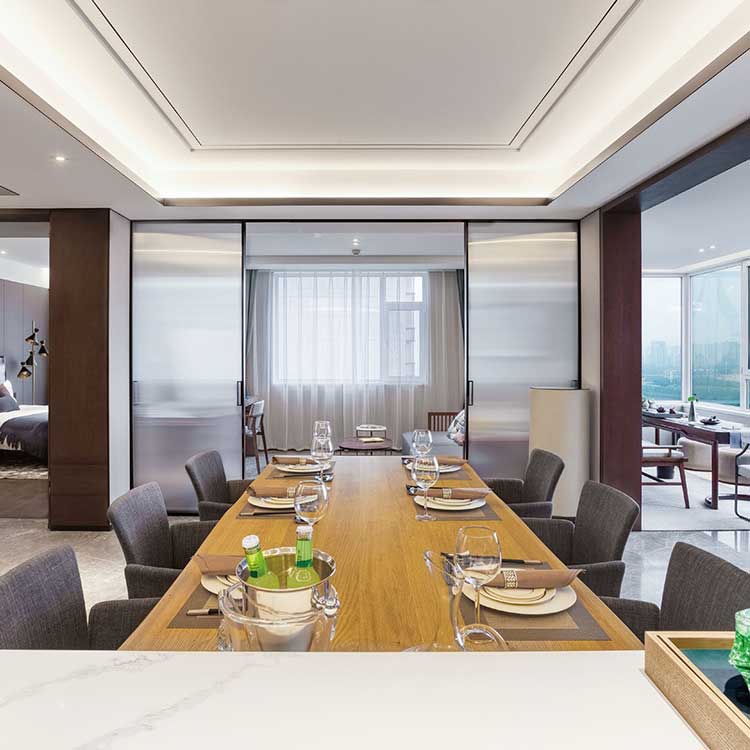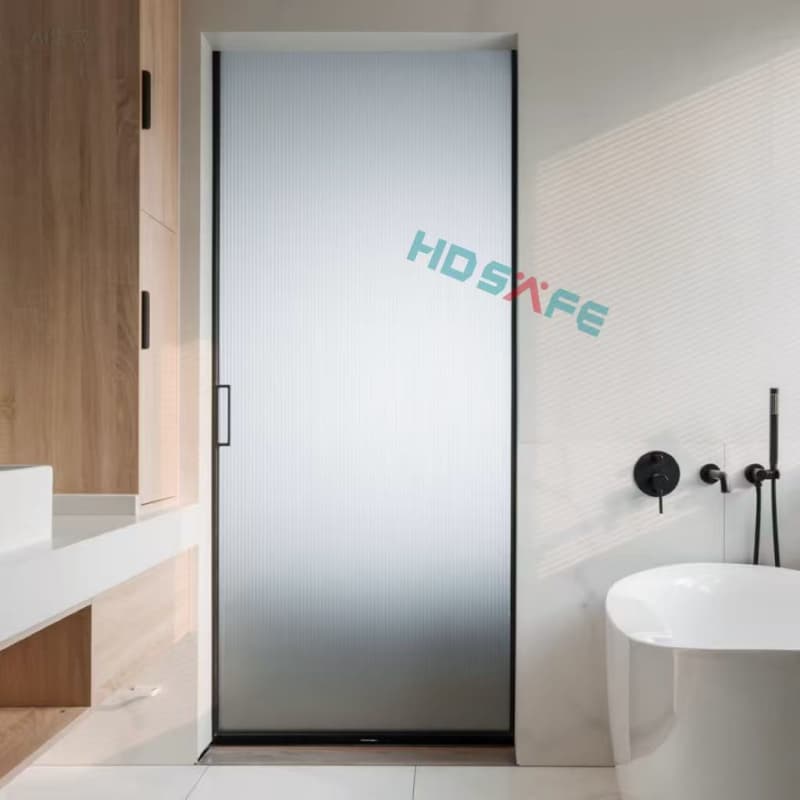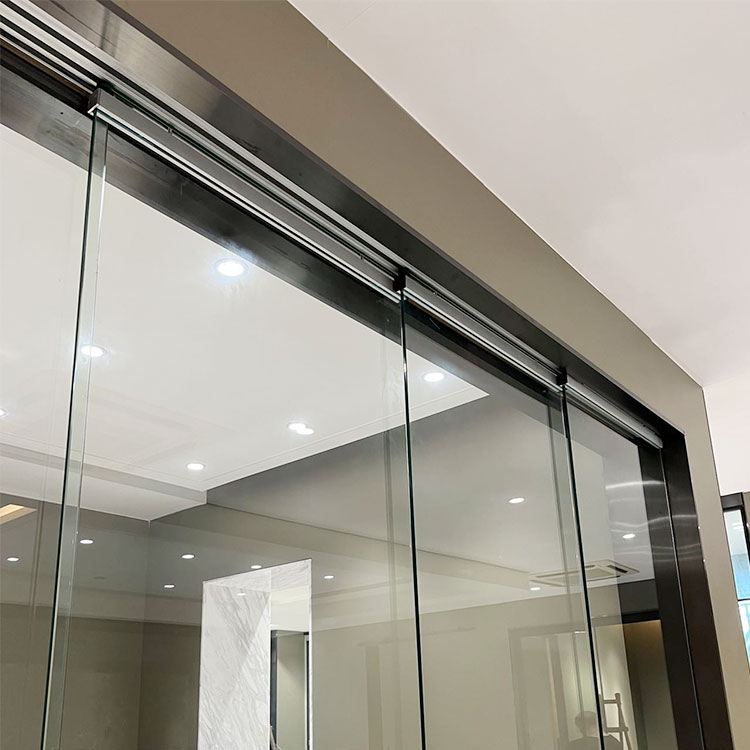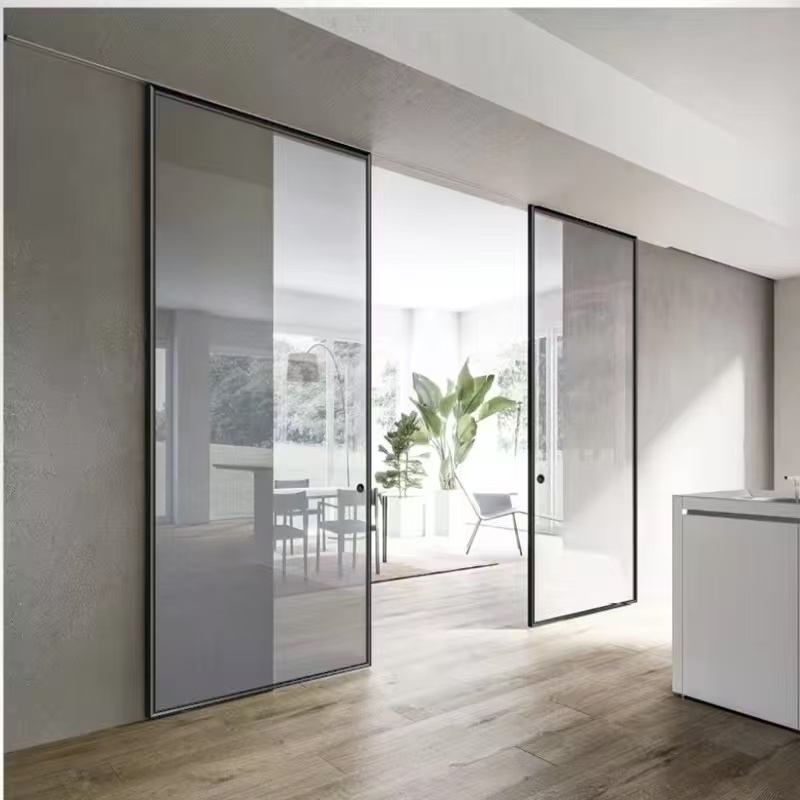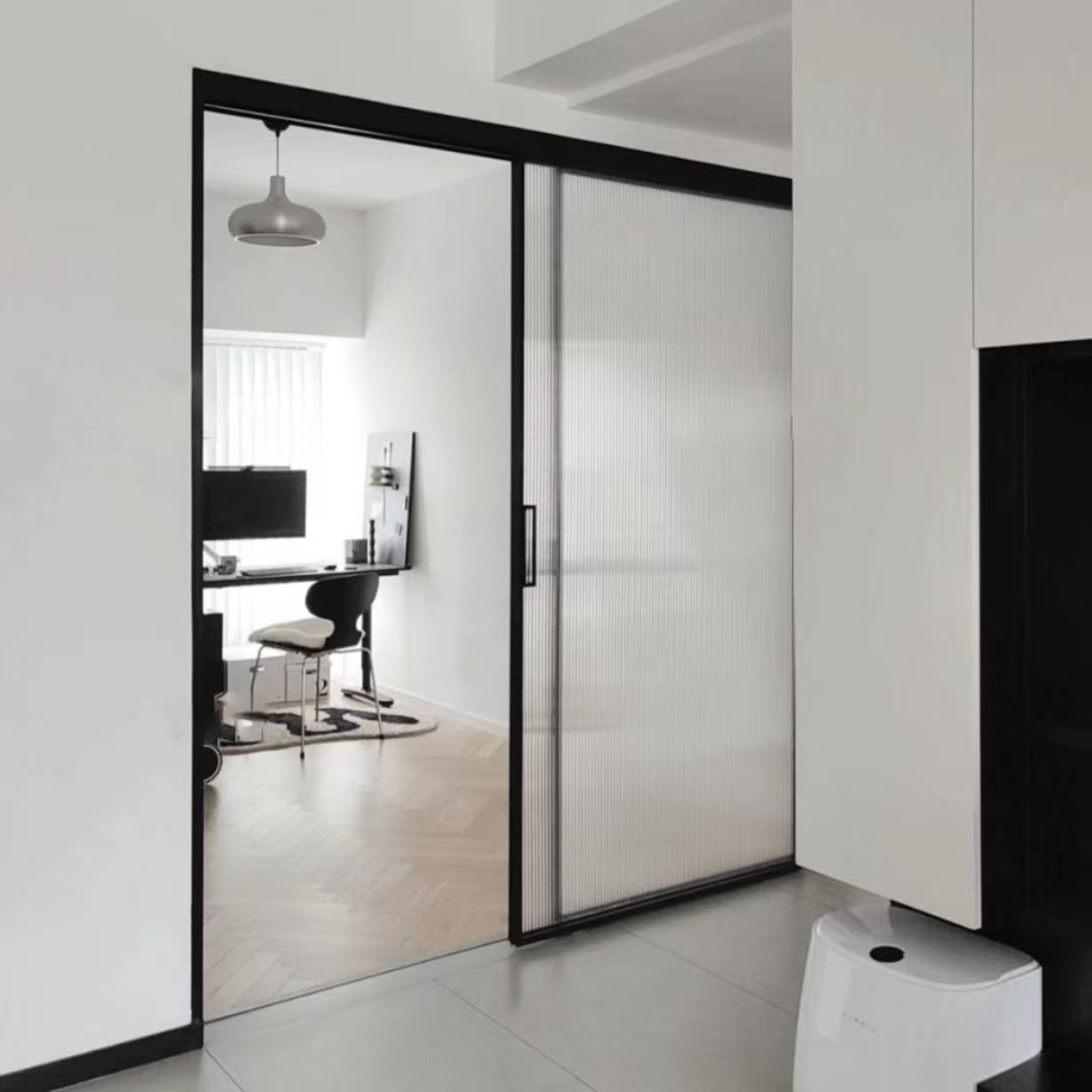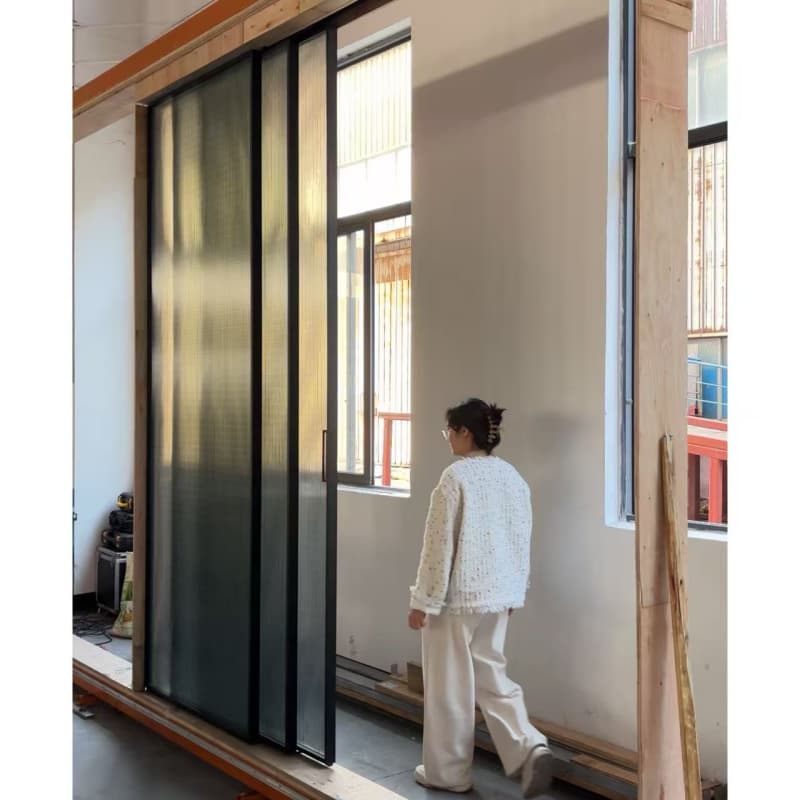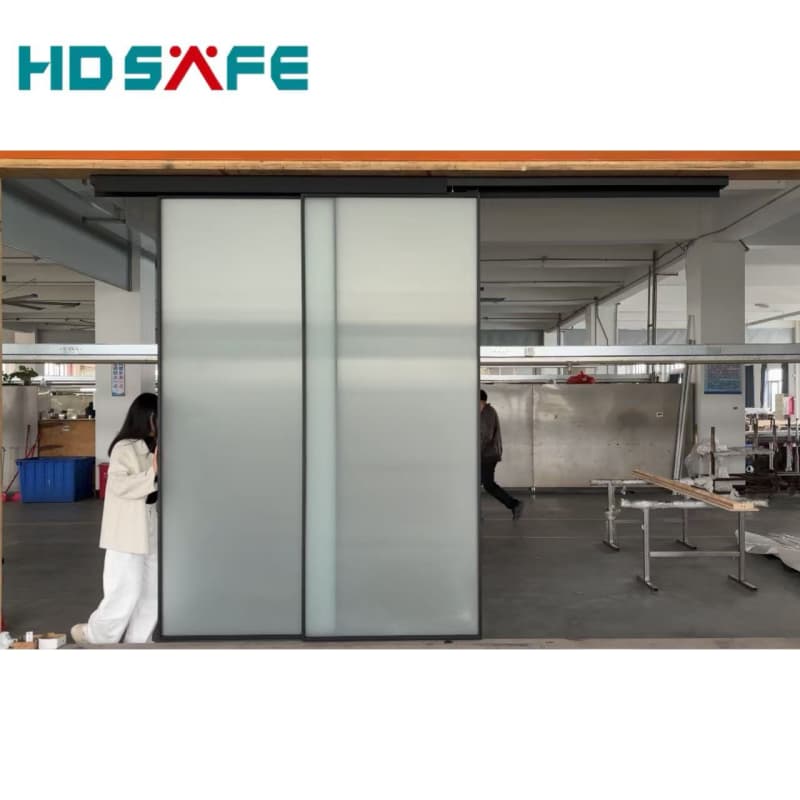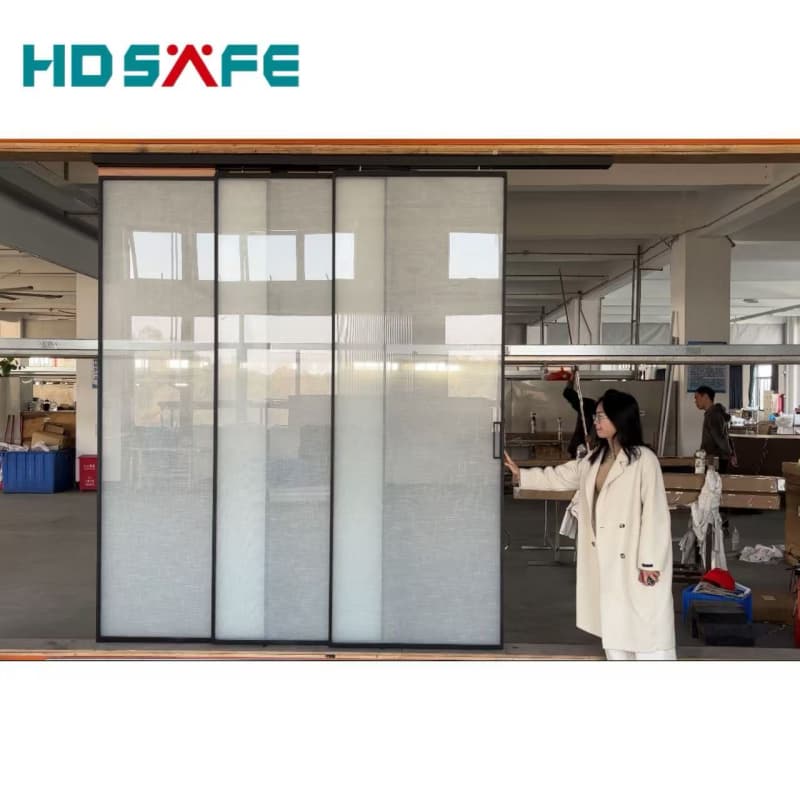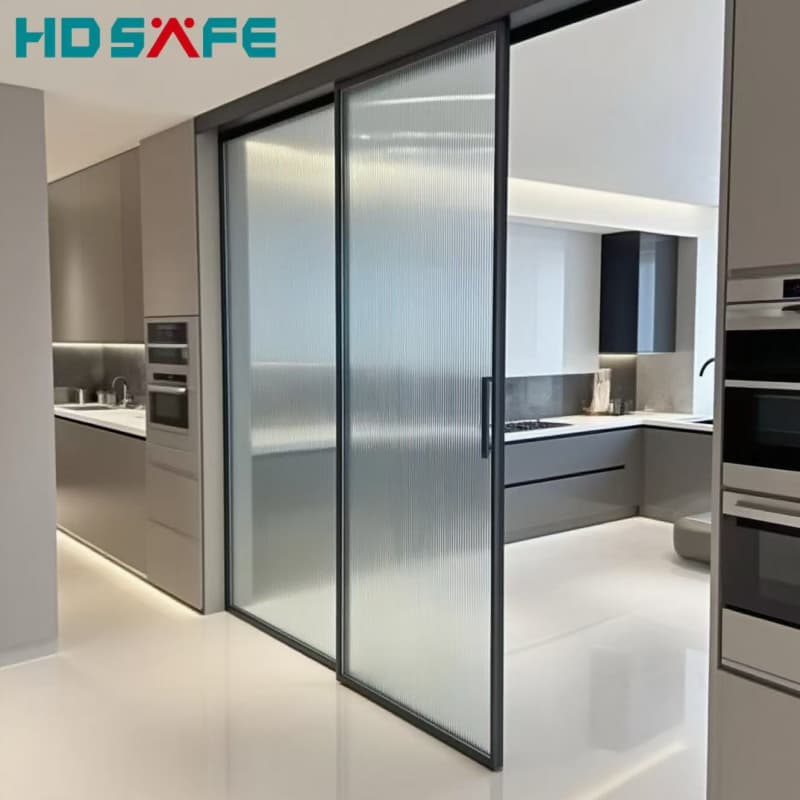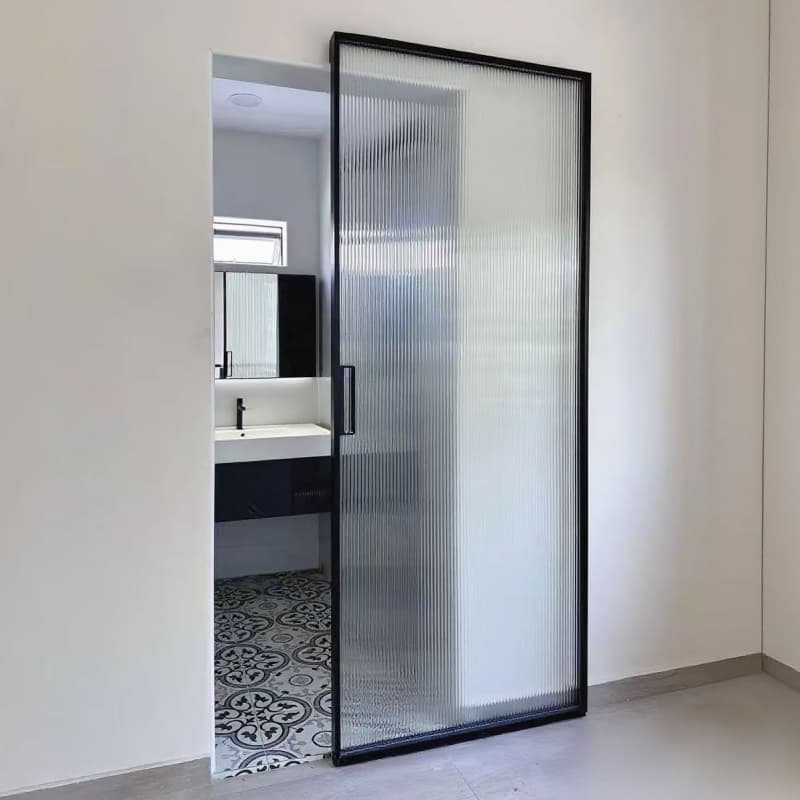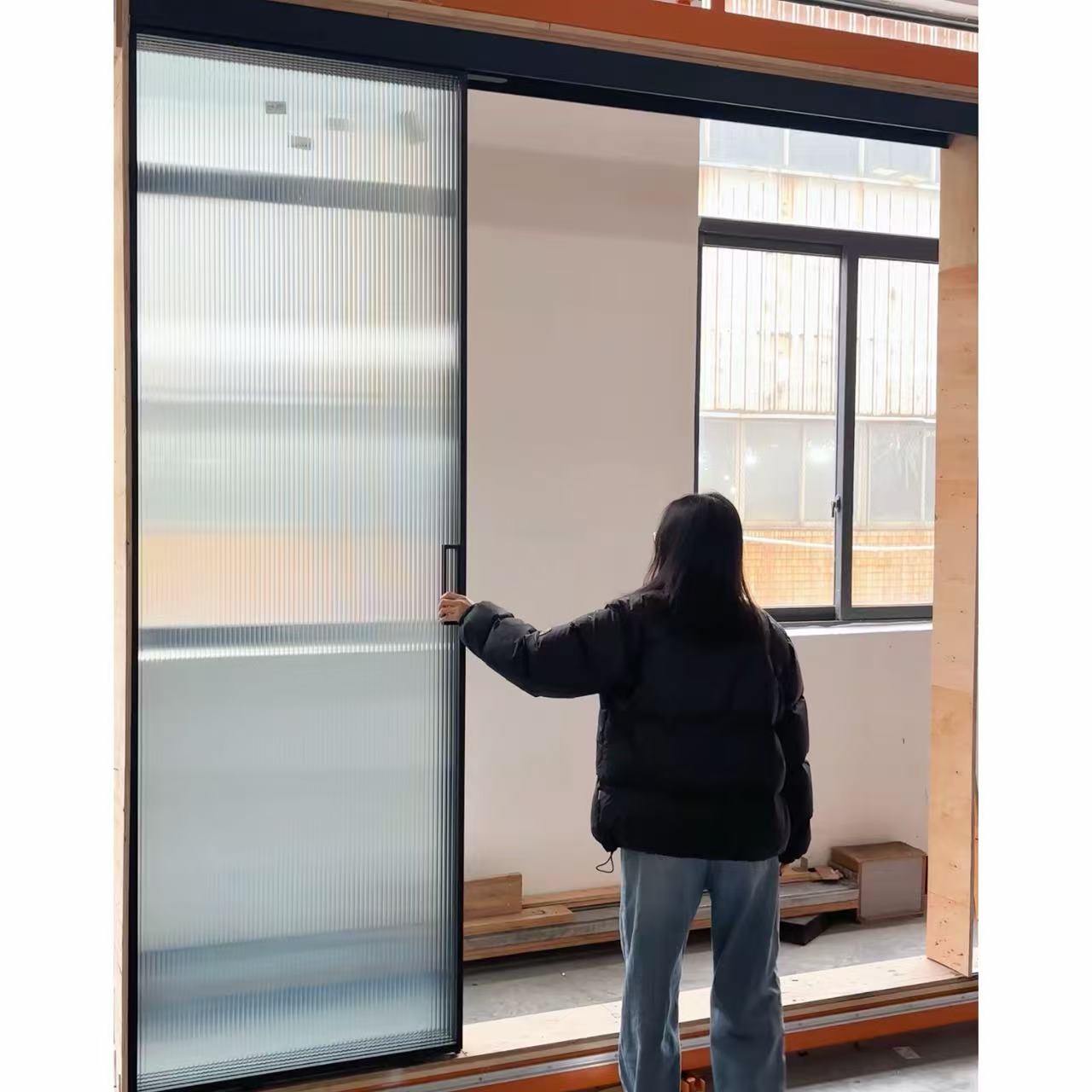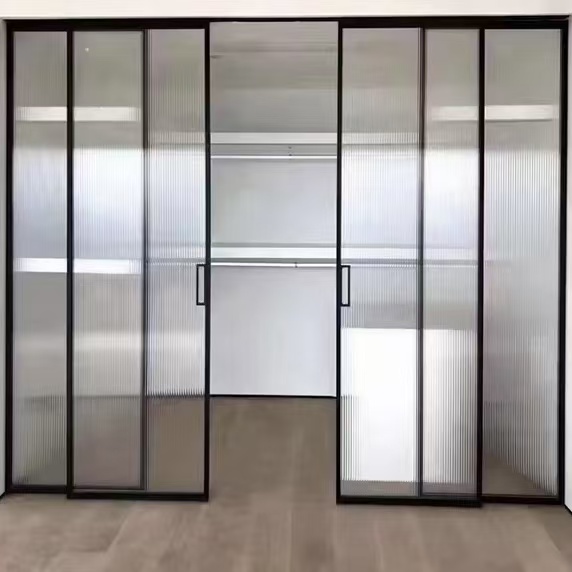The Art of Simplicity: Exploring the Minimalist Sliding Door
In the ever-evolving world of interior design and architecture, the minimalist sliding door has emerged as a symbol of elegance, functionality, and modernity. This unassuming yet transformative element has transcended its traditional role as a mere partition, evolving into a statement of design philosophy that emphasizes clean lines, spatial efficiency, and a seamless connection between indoor and outdoor environments. The minimalist sliding door is not just a practical solution for space-saving; it is a reflection of a broader cultural and aesthetic movement that values simplicity, sustainability, and the harmonious integration of form and function.
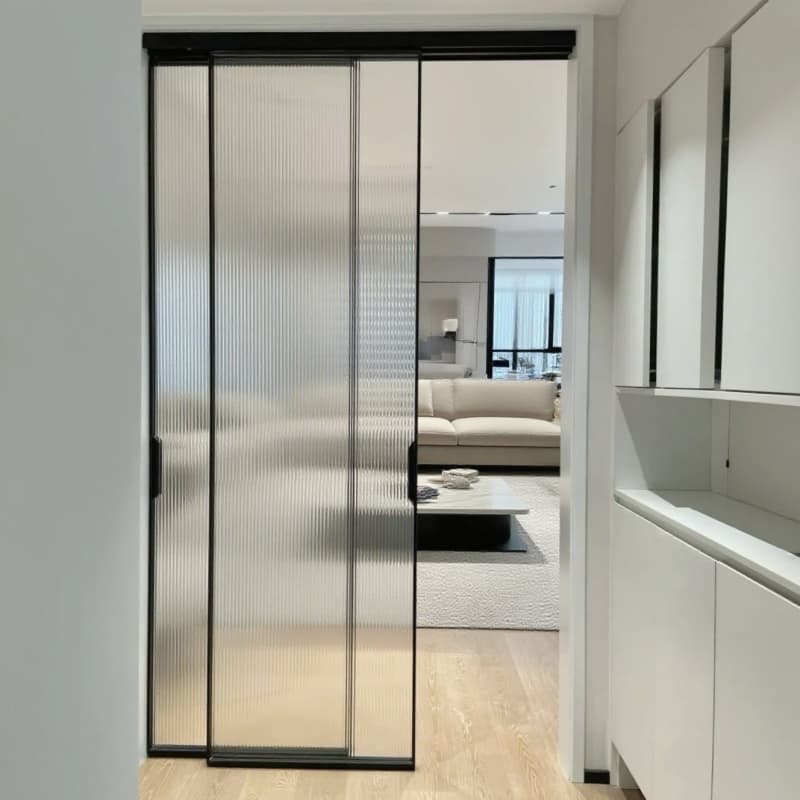
The Historical Context of Sliding Doors
To fully appreciate the minimalist sliding door, it is essential to understand its historical roots. Sliding doors have been a part of architectural design for centuries, with origins tracing back to ancient Japan. The Japanese shoji screen, a translucent sliding door made of wood and paper, is one of the earliest and most iconic examples of this design. Shoji screens were not only functional, allowing for the control of light and privacy, but they also embodied the Japanese aesthetic principles of wabi-sabi—finding beauty in imperfection and transience.
As architectural styles evolved, so did the sliding door. In the 20th century, the rise of modernism brought a renewed interest in simplicity and minimalism. Architects and designers began to experiment with new materials and technologies, leading to the development of sleek, metal-framed sliding doors that could accommodate larger glass panels. This innovation marked a significant shift from the traditional wooden shoji screens to the contemporary minimalist sliding doors we see today.
The Philosophy Behind Minimalism
Minimalism, as a design philosophy, is rooted in the idea of "less is more." It is a reaction against the excesses of ornamentation and complexity, advocating instead for a focus on essential elements that serve a clear purpose. This philosophy is particularly well-suited to the design of sliding doors, which, by their very nature, are intended to be unobtrusive and efficient.
The minimalist sliding door embodies this philosophy in several ways. First, it eliminates unnecessary embellishments, relying instead on clean lines and simple forms to create a sense of elegance and sophistication. Second, it maximizes space efficiency, allowing for the creation of open, fluid living environments that feel larger and more connected. Finally, it emphasizes the use of high-quality materials and precise craftsmanship, ensuring that every detail contributes to the overall aesthetic and functional integrity of the design.
Design Elements of the Minimalist Sliding Door
The minimalist sliding door is characterized by several key design elements that set it apart from other types of doors. These elements work together to create a sense of simplicity, elegance, and functionality that is both visually appealing and highly practical.
1. Clean Lines and Simple Forms
One of the most defining features of the minimalist sliding door is its clean lines and simple forms. Unlike traditional hinged doors, which often have complex mechanisms and decorative elements, the minimalist sliding door is designed to be as unobtrusive as possible. The frame is typically slim and understated, allowing the focus to remain on the glass panel or the space it reveals. This emphasis on simplicity creates a sense of openness and clarity, making the door feel like an integral part of the surrounding architecture rather than a separate entity.
2. Use of Glass
Glass is a central element in the design of the minimalist sliding door. Large, uninterrupted glass panels allow for the maximum amount of natural light to enter a space, creating a bright, airy atmosphere that is both inviting and energizing. The use of glass also enhances the sense of connection between indoor and outdoor environments, blurring the boundaries and creating a seamless transition between the two.
In addition to its functional benefits, glass also contributes to the aesthetic appeal of the minimalist sliding door. When paired with a slim, metal frame, the glass panel takes on a sleek, modern look that is both timeless and contemporary. The transparency of the glass allows for a sense of depth and layering, creating visual interest without overwhelming the space.
3. Slim, Metal Frames
The frame of the minimalist sliding door plays a crucial role in its overall design. Slim, metal frames are preferred for their ability to provide structural support while maintaining a sleek, unobtrusive profile. Common materials used for the frame include aluminum, steel, and stainless steel, all of which offer a combination of strength, durability, and a modern aesthetic.
The choice of material and finish for the frame can have a significant impact on the overall look and feel of the door. For example, a matte black finish can create a bold, dramatic statement, while a brushed nickel finish can lend a more subtle, sophisticated touch. The key is to choose a finish that complements the surrounding architecture and design elements, creating a cohesive and harmonious look.
4. Smooth, Quiet Operation
Functionality is a critical aspect of the minimalist sliding door, and this is reflected in its smooth, quiet operation. High-quality rollers and tracks are essential for ensuring that the door glides effortlessly along its path, with minimal resistance and noise. This not only enhances the user experience but also contributes to the overall sense of elegance and refinement.
In addition to smooth operation, the minimalist sliding door is designed to be easy to maintain. The use of durable materials and precision engineering ensures that the door will continue to function flawlessly for years to come, with minimal upkeep required.
The Benefits of Minimalist Sliding Doors
The minimalist sliding door offers a wide range of benefits that make it an increasingly popular choice for both residential and commercial spaces. These benefits extend beyond its aesthetic appeal, encompassing practical considerations such as space efficiency, natural light, and connectivity.
1. Space Efficiency
One of the most significant advantages of the minimalist sliding door is its space-saving design. Unlike traditional hinged doors, which require clearance for swinging open, the sliding door moves along a track, allowing it to be installed in areas where space is at a premium. This makes it an ideal solution for small apartments, compact offices, and other environments where maximizing space is a priority.
In addition to its space-saving benefits, the sliding door also contributes to a more open and fluid layout. By eliminating the need for bulky door swings, the sliding door allows for a more seamless flow of movement, creating a sense of openness and connectivity that is both functional and visually appealing.
2. Natural Light and Connectivity
The use of large glass panels in the minimalist sliding door allows for the maximum amount of natural light to enter a space, creating a bright, airy atmosphere that is both inviting and energizing. This is particularly beneficial in urban environments, where access to natural light may be limited.
In addition to its light-enhancing properties, the sliding door also enhances the sense of connectivity between indoor and outdoor environments. By allowing for a seamless transition between the two, the sliding door creates a sense of continuity and flow that is both functional and aesthetically pleasing. This is particularly beneficial in spaces such as patios, gardens, and terraces, where the goal is to create a harmonious connection with the natural world.
3. Aesthetic Appeal
The minimalist sliding door is a design element that can elevate the overall aesthetic of a space. Its clean lines, simple forms, and sleek, modern look make it a versatile choice that can complement a wide range of architectural styles, from contemporary to traditional.
In addition to its visual appeal, the sliding door also contributes to a sense of sophistication and refinement. Its unobtrusive design allows it to blend seamlessly into the surrounding architecture, creating a sense of cohesion and harmony that is both visually appealing and emotionally satisfying.
Applications of Minimalist Sliding Doors
The versatility of the minimalist sliding door makes it suitable for a wide range of applications, from residential homes to commercial spaces. Its space-saving design, natural light-enhancing properties, and aesthetic appeal make it an increasingly popular choice for architects, designers, and homeowners alike.
1. Residential Spaces
In residential settings, the minimalist sliding door is often used to create a sense of openness and connectivity between indoor and outdoor spaces. It is commonly installed in living rooms, dining areas, and bedrooms, where it can serve as a stylish and functional partition that allows for the free flow of movement and light.
In addition to its use as a room divider, the sliding door is also a popular choice for closets and storage areas. Its space-saving design makes it an ideal solution for small bedrooms and bathrooms, where maximizing space is a priority.
2. Commercial Spaces
In commercial settings, the minimalist sliding door is often used to create a sense of openness and connectivity between different areas of a building. It is commonly installed in offices, retail spaces, and restaurants, where it can serve as a stylish and functional partition that allows for the free flow of movement and light.
In addition to its use as a room divider, the sliding door is also a popular choice for exterior entrances and exits. Its sleek, modern look makes it an ideal solution for creating a welcoming and sophisticated first impression, while its space-saving design ensures that it can be installed in even the most compact of spaces.
Conclusion
The minimalist sliding door is more than just a practical solution for space-saving; it is a reflection of a broader cultural and aesthetic movement that values simplicity, sustainability, and the harmonious integration of form and function. Its clean lines, simple forms, and sleek, modern look make it a versatile choice that can elevate the overall aesthetic of any space, while its space-saving design, natural light-enhancing properties, and functional benefits make it an increasingly popular choice for architects, designers, and homeowners alike.
As we continue to navigate the challenges of modern living, the minimalist sliding door offers a timeless and elegant solution that embodies the principles of minimalism while meeting the practical needs of contemporary life. Whether used as a room divider, a closet door, or an exterior entrance, the minimalist sliding door is a design element that can transform any space into a sanctuary of simplicity, elegance, and functionality.





 Home
Home Jul 23,2025
Jul 23,2025 
 Comprehensive Guide to Sliding Door Materials: A Detailed Materials List for Modern Homes
Comprehensive Guide to Sliding Door Materials: A Detailed Materials List for Modern Homes 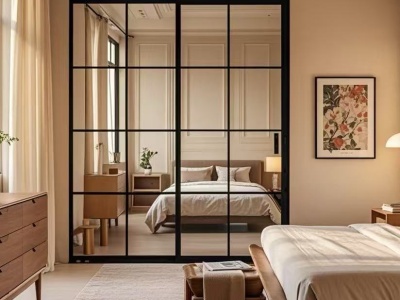
 May 20,2025
May 20,2025 
